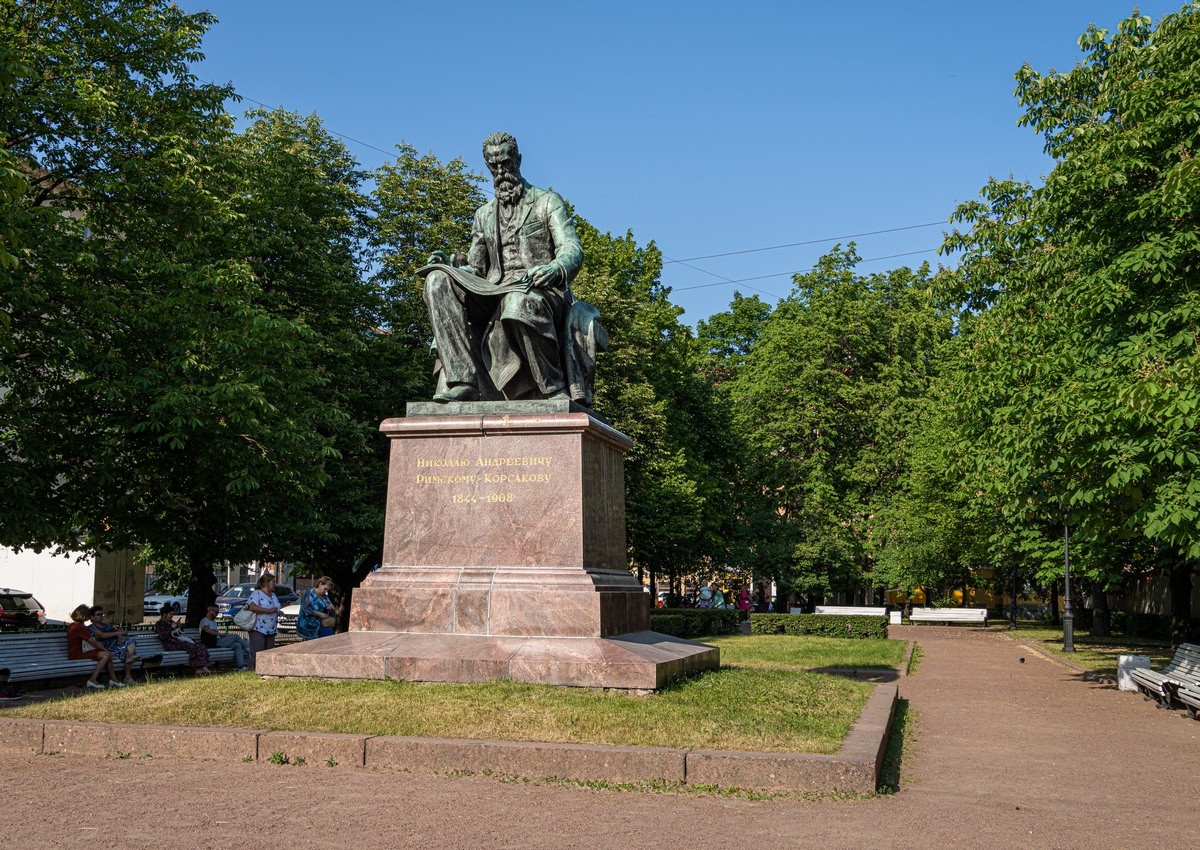Trumpets, drum roll, applause, cheering, whistling! Herewith, two bits of news for you: one good, the other – even better!…
First: this year we’ll be having our 15th annual cybersecurity conference – the Security Analyst Summit (SAS). Fifteen? Oh my gone-where-has-the-time?!
Second: We’re finally back to an offline, aka – in-person, aka – face-to-face format, just like old times!
// In recent years this conference and indeed many others have been online.
Our tradition of annually bringing together top cybersecurity experts, academics and business folks from all around the world in a warm and pleasant location began way back in 2009. (Blimey – 2009 seems like yesterday; it’s a full 14 years ago!) Back then it was a lot smaller in size, but over the years it’s grown gradually to become one of the key yearly fixtures on the global cybersecurity-event calendar.
// For those who might want to review how SAS has developed over the years, check this tag out.
This year the warm and pleasant location will be Phuket in Thailand, where the conference will run from October 25 to 27. As usual we’ll be presenting, sharing and discussing the latest trends in cybersecurity (including recently uncovered APT attacks) plus cutting-edge achievements in the field of research and technology.
Spoiler: emphasis will be placed on the following topics:
- Protection of industrial infrastructure;
- ICS/OT security;
- Supply-chain and IoT attacks;
- Methods for tackling ransomware and the darknet;
- The unveiling of our new training course in reverse engineering and Ghidra – presented by our GReAT.
And we’ve already announced the call for papers! If you want to present your ground-breaking research or innovational solution, enter the respective info on the site…
So there you have it folks – SAS 2023: approaching fast. It’s going to be GReAT, it’s going to be interesting, it’s going to be super-informative, it’s going to be a super-success – as always!…
See you in Phuket!…
In closing – a quick SAS photo-retrospective…


























